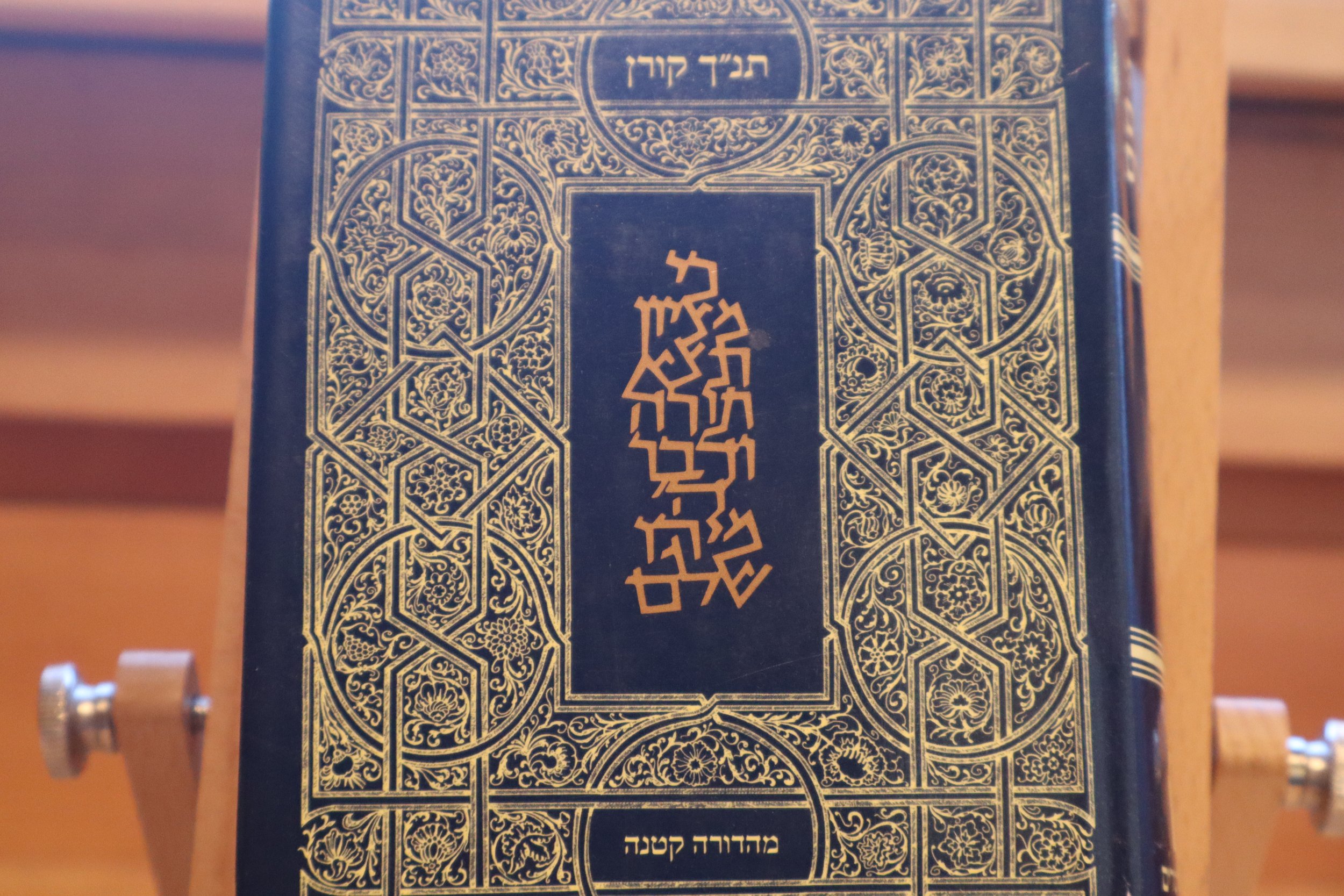The Koren Tanach: A Testament of Clarity and Tradition
The Koren Tanach represents not just a book but a cultural and spiritual artifact, deeply rooted in Jewish tradition yet modern in its approach to clarity and accessibility. Published by Koren Publishers Jerusalem, this edition of the Tanach (also known as the Hebrew Bible or Old Testament in Christian contexts) is renowned for its unique typographical design and scholarly translations.
History and Creation
Over half a century ago, typographer Eliyahu Koren set out to create a Tanach that was both a work of art and a tool of learning. His vision was to produce the first Jewish Bible since the 16th century that was edited, designed, produced, and bound by Jews. This endeavor culminated in the Koren Tanach, first published in 1962, which has since become a cornerstone in Jewish homes, synagogues, and educational institutions worldwide.
Distinctive Features
Typography: Koren's innovation was in the creation of a specific Hebrew font designed for maximum readability. This font, known as the Koren Bible Type, was meticulously crafted to ensure legibility, with each letter's shape and placement considered to mirror the aesthetic and functional aspects of ancient Hebrew manuscripts while being adapted for modern eyes.
Layout and Design: The Koren Tanach is distinguished by its layout, where the text is arranged to encourage deeper engagement with the scripture. The Hebrew is placed on the left page, with English translations or annotations on the right, facilitating a seamless comparison for bilingual readers.
Translations: Various editions of the Koren Tanach include translations by noted scholars like Jonathan Sacks, Adin Even-Israel Steinsaltz, and others, providing readers with eloquent, faithful, and accessible English renderings of the Hebrew text. These translations aim to capture both the literal meaning and the spiritual depth of the Tanach.
Scholarly Apparatus: Some editions feature extensive scholarly annotations, commentaries, maps, and introductions, making the Tanach not just a book for reading but for study. The Steinsaltz Tanakh HaMevo'ar Series, for example, adds layers of historical, linguistic, and cultural context to the text.
Editions and Variants
Koren Tanach of the Land of Israel: This edition integrates archaeological findings and scholarly insights into the biblical narrative, providing readers with a deeper understanding of the historical context.
Koren Classic Tanach: Available in various sizes, including a compact version for soldiers and students, this edition is used in Israeli schools and military ceremonies, symbolizing its widespread acceptance.
Koren Reader's Tanakh: Crafted for public reading, particularly of the Haftarah, this version is bound in leather with a large, clear font, making it the official Tanach for synagogue use in Israel.
Koren Standard Tanakh: Offers a one-volume edition with English translations, tailored for personal or educational use with easy navigation through thumb tabs.
Impact and Reception
The Koren Tanach has left an indelible mark on Jewish scholarship and practice. It's praised for its text's precision, the beauty of its design, and the quality of its translations. It has been embraced by communities, scholars, and individuals seeking to connect with the text in a profound way. Its use in the IDF (Israel Defense Forces) and endorsement by the Israeli Ministry of Education speak to its cultural significance and practical utility.
The Koren Tanach is more than a translation or a reproduction; it's an invitation to explore the depths of Jewish scripture with the eyes of both tradition and modernity. It stands as a testament to the enduring power of the word, crafted with respect for the past and an eye towards the future, making it an invaluable resource for anyone interested in the Hebrew Bible.


